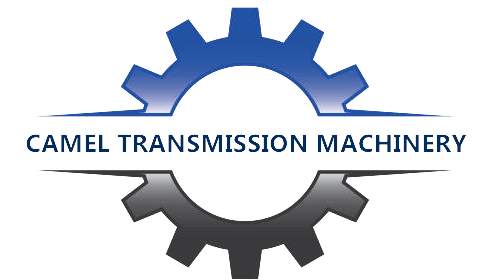The gear reducer is an independent closed transmission device between the prime mover and the working machine. It is used to reduce the speed and increase the torque to meet the needs of work. In some cases, it is also used to increase the speed and is called a speed increaser.

Performance characteristics
Gear reducer is a combination of reduction motor and large reducer. No couplings and adapters are needed, and the structure is compact. The load is distributed on the planetary gears, so the carrying capacity is higher than that of the general helical gear reducer. Meet the needs of high torque output in a small space.
It is widely used in large-scale mining machinery, steel, chemical industry, ports, environmental protection and other fields. Combining with K and R series can get a larger speed ratio.
- Reliable industrial gear transmission components;
- The reliable structure is combined with multiple inputs to adapt to special use requirements;
- It has high power transmission capacity and compact structure, and the gear structure is determined according to the module design principle;
- Easy to use and maintain, configure and select materials according to technology and engineering conditions;
- The torque range is from 36,0000Nm to 1,200,000Nm.
classification
When selecting a reducer, you should compare the outline size, transmission efficiency, carrying capacity, quality, price, etc. of different types and varieties of reducers according to the selection conditions of the working machine, technical parameters, performance of the power machine, economy and other factors, and choose the most suitable Reducer.
The load status of the working machine connected with the reducer is more complicated and has a great influence on the reducer. It is an important factor in the selection and calculation of the reducer. The load status of the reducer is the load status of the working machine (slave motor), which is usually divided into three Class: ①—uniform load, ②—medium impact load, ③—strong impact load.

Precautions
- The pressure in the fuel tank rises
In a closed reducer, each pair of gears meshing and friction will generate heat. According to Boyle Mario’s law, as the operating time increases, the temperature in the reducer will gradually increase, and the volume inside the reducer No change, so the pressure in the box will increase, and the lubricating oil in the box will be splashed on the inner wall of the reduction box. Due to the relatively strong oil permeability, under the pressure in the tank, where the seal is not tight, the oil will leak out from where.
- The unreasonable structure design of the reducer causes oil leakage
If the reducer is designed without a vent hood, the reducer cannot achieve pressure equalization, resulting in higher and higher pressure in the box and oil leakage.
- Too much fuel
During the operation of the reducer, the oil pool is greatly agitated, and the lubricating oil splashes everywhere in the machine. If the amount of oil is too much, a large amount of lubricating oil will accumulate on the shaft seal, joint surface, etc., resulting in leakage.
- Improper maintenance process
During equipment maintenance, due to incomplete removal of dirt on the joint surface, improper selection of sealant, reverse installation of the seal, and failure to replace the seal in time, oil leakage may also occur.
Treatment plan
Reducer oil leakage
The use of polymer composite materials to repair and control the oil leakage of the reducer. The polymer composite materials are made of polymer, metal or ceramic ultra-fine powder, fibers, etc. as the base material, and are compounded under the action of a curing agent and a curing accelerator s material. Various materials complement each other in performance and produce a synergistic effect, so that the comprehensive performance of the composite material is better than that of the original constituent materials. With strong adhesion, mechanical properties, and chemical corrosion resistance, it is widely used in the repair of mechanical wear, scratches, pits, cracks, leakage, casting sand holes, etc. of metal equipment, as well as various chemical storage tanks , Chemical anti-corrosion protection and repair of reaction tanks and pipelines.
